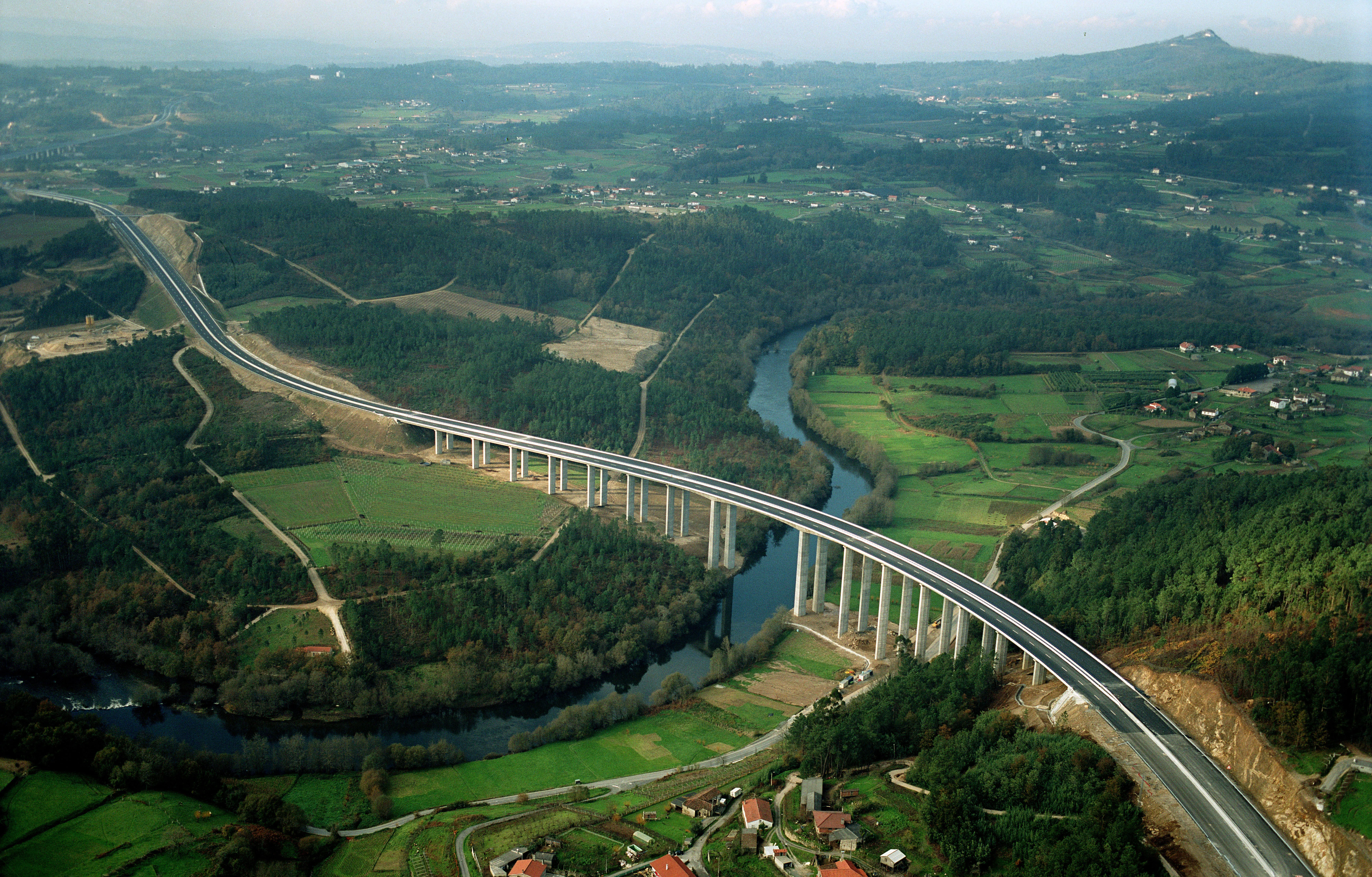In Northern Germany plans are being set out for a new Autobahn bridge spanning the famous Kiel Canal. The A7 Autobahn crosses the Kiel Canal at Rendsburg but the existing concrete structure has been deemed unable to cope with the volumes of traffic it has to carry. The bridge has been subject to lane closures and the passage of heavy trucks has been restricted. The A7 Autobahn is an important route for Germany, running from the border with Denmark in the north all the way to the border with Austria in the s
June 23, 2014
Read time: 2 mins
In Northern Germany plans are being set out for a new Autobahn bridge spanning the famous Kiel Canal. The A7 Autobahn crosses the Kiel Canal at Rendsburg but the existing concrete structure has been deemed unable to cope with the volumes of traffic it has to carry. The bridge has been subject to lane closures and the passage of heavy trucks has been restricted. The A7 Autobahn is an important route for Germany, running from the border with Denmark in the north all the way to the border with Austria in the south of the country. It provides a key international route that is essential for transport and connects with other key links in Germany. Planning for the new bridge is now being carried out, although it is still too early to determine the design or type of structure that will be selected. The cost of the new bridge has also yet to be revealed. Suggestions for a tunnel under the Kiel Canal have however been set aside by the German authorities on the grounds that this would be significantly more costly than building a new bridge.







